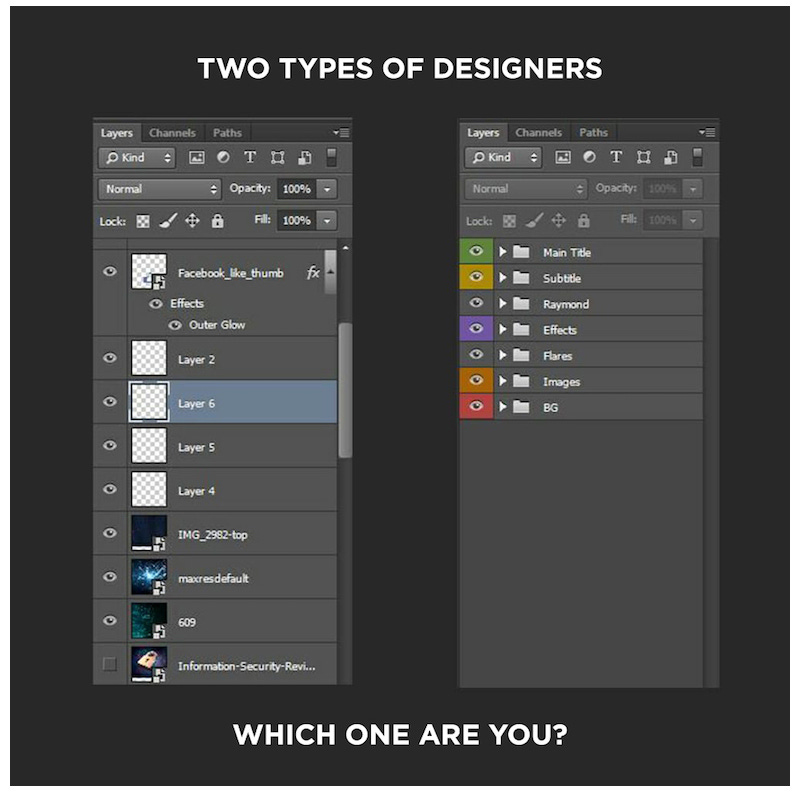The Experiment of Thinking in Public
What two years of writing taught me about perfectionism, showing up when doubting yourself, and why thinking in public is one of the best moves for product builders.

Writing often starts like this: Having a topic you want to explore, many directions you could take, but also with a blank page staring back at you. Just like any other creative exercise, you have to face the dreaded “blank page syndrome.”
And yet, here we are, two years later, turning blank pages into fully fledged ideas every month. But why do I write? None of the concepts I’m sharing is a breakthrough in how design or technology works; there are people diving much deeper into these topics, and in most cases, ideas are still evolving as I’m writing them.
I don’t consider myself a “content creator,” nor am I chasing vanity metrics. To me, this is an ongoing experiment of thinking in public, making a commitment to explore one topic every month, diving deeper into why “it depends,” and articulating my learnings. This is one of the most underrated moves for product builders still figuring things out, so if you’re curious about getting started, here’s how I did it.
False starts and finding my voice
I tried writing articles back when I was still at the university. I can’t remember what the topics were, but I do remember I didn’t enjoy the process at all. It was homework, so I didn’t have inner motivation, nor did I feel like I had anything significant to say at that point in time. Since I lacked inspiration on the topics I picked, I ended up writing what I thought I should write, not something I wanted to explore. It was forced, so it didn’t feel natural.
A few years ago, I was invited to write for the blog at a previous job. Since it was a low-stakes situation, I said yes and picked a tactical topic I had explained dozens of times to other designers: Keeping your files organized in Figma. By that point, I had read enough articles to start noticing the type of writing I enjoyed, leveraging a conversational style. I had the stage, and it felt like I had permission to be authentic.

The content resonated with others, so I wrote a few times after that, but without a clear rhythm. Every now and then, an idea sparked inspiration, and if I found the time, I would sit down to write. It still felt like a rare occurrence.
It wasn’t until two years ago that I made a personal commitment, a challenge to myself, to write and publish monthly for half a year. It was an experiment to see if I could think in public and enjoy the process. To keep the inspiration flowing, I started a list of topics I had strong opinions on. Every month, I picked one off the list depending on what occupied my mind.
Prior to this self-imposed challenge, I thought I had to write about things I had mastered already, like technical skills, so it seemed like I didn’t have much to say. But what ended up fueling my creativity were those unfinished questions I had in mind on topics adjacent to creativity and personal growth of non-linear careers. Setting up the challenge was just the beginning of a learning journey.
The practice of imperfect publishing
One of the most unexpected learnings? Finding my rhythm.
I write like I illustrate, in batches. Flesh out an outline, then walk away. Write one or two sections next time. Walk away again. Come back with fresh eyes to adjust tone, find better punchlines, tighten the narrative arc. It’s less about tackling one daunting task and more about finding the shape of it over time.
Every time I come back, the shape looks clearer than yesterday. I leave the full-on editing until last. I prioritize shaping the narrative first and refining details later. I’ve tried editing while drafting. It kills momentum. It makes me more self-aware of fixing issues instead of letting the ideas flow.
The truth is, things aren’t always this clean. There have been months when I procrastinate until the last few days, scrambling to make the deadline I set for myself. It’s made me more disciplined, sure, but it’s also humbling. Some months, I sit with a draft thinking, “Who am I to write about this?” Especially when tackling topics everyone seems to have an opinion on, like taste or craft. Perfectionism never fully goes away. It just gets quieter. I’ve learned to recognize when I’m polishing to improve versus polishing to delay.
“I don’t know what I think until I write it down.”
— Joan Didion
After editing and hitting publish, the article is ready, but that doesn’t mean the ideas and concepts are perfect. The article itself represents where I arrived at that point in time in relation to the topic I had been trying to clarify, but some questions are still unsolved, and I fully expect concepts to evolve. And that’s the whole point: a constant curiosity to learn and grow.
How can I be at peace with this? Because I’m writing for myself, not for others. The writing exercise helps me to practice my storytelling skills and communicate ideas, but at the end of the day, I’m publishing something I would happily just share with my younger self. It’s not perfect, but if it makes me pause, reflect, and brings a smile to my face, then it’s ready.
The biggest challenge by far is showing up every month. Life can get in the way, and sometimes, topics might not feel article-worthy in a sea of voices competing for attention. But keeping up the commitment has made me notice more details than ever, reflect on conversations, and grab inspiration from unusual sources like attending a conference or binge-watching a TV show. I trust the process and let the topics shape new ideas I hadn’t thought about writing before. And it’s working, not just for me, but for others too.
What it became
One of the most gratifying outcomes of writing is when someone mentions an article months (or years) later, saying it helped them in one way or another. That’s why I like to always close with an invitation to share or reply to continue the conversation. Just a few months ago, I had someone comment on my very first article from over five years ago. How crazy is that?
That’s when I know it has been worth the effort to deal with questions that don’t have clear answers because it helps me in that moment and helps others long after being published. I’m not pressured to chase numbers or meet someone else’s expectations. As long as it allows me to let my curiosity wander and the story has a clear message, I know it can become an artifact that can be shared with those who are also dealing with these questions.
After six months, I paused to ask myself: Should I keep going?
The answer surprised me. It had become more than a habit. I genuinely enjoyed it. The monthly rhythm gave me permission to stay curious without the pressure of creating content constantly. One topic per month meant ideas could shape themselves during random moments: a conversation over coffee, something said during a conference talk, rewatching a favorite show and noticing a pattern I hadn’t seen before. The ideas found me instead of me hunting them down.
So I kept going. Two years in, this has become one of my favorite creative practices for developing clarity and sharpening how I communicate. I even have almost two years’ worth of could-be ideas waiting to be explored.
Some articles are shared regularly, like Shifting from Graphic to Software Design, The Anti-Networking Guide to Meaningful Connections, and, most recently, On Making Things Happen. In some cases, they might quietly help one person. One or many, the outcome still matters.
I didn’t know it at first, but over time, I understood that it wasn’t about having all the answers. It’s about documenting questions that have been on my mind for long enough, creating a body of work that reflects how I think, and inviting others to figure it out with me. That’s why “it depends” worked from the very beginning, because all of these topics have nuanced answers and are constantly evolving.
Parting thoughts
After two years of thinking in public, I have embraced the imperfect nature of writing. Showing up is more important than creating a perfect piece that’ll become a timeless essay. Consistency beats having the title “writer” next to your name. Enjoying curiosity is more important than being “ready.”
If you have been wrestling with ideas or questions on your mind, waiting for the perfect time, this is your sign. Start monthly. Pick topics that fire you up, the ones you’ve been wrestling with or can’t stop thinking about. Block some time during your week and put on some lo-fi beats. You don’t even have to publish yet. Write for yourself, to capture ideas on paper (digital or not), and to practice how you articulate those ideas.
Over time, you’ll hear yourself more clearly. You’ll understand why certain topics matter to you, and in the process, you’ll find your voice as well. You’ll create artifacts that can help you and help others, especially those who are dealing with those questions for the first time. And you might also discover, just like me, that writing is less about having an opinion that’s worth sharing and more about letting your curiosity take you on a learning journey.
The articles I read that have inspired me the most are the ones that show authenticity and a genuine desire to understand. So if you’re reading this, you’re probably one of my first 100 subscribers. Thank you for being part of this journey. I hope these ideas can spark your inspiration too.
That’s where curiosity led me this month. Your path will look different, because context always matters.
If this sparked something, let’s continue the conversation on Twitter. And if someone you know is navigating their own creative uncertainty, share this their way.
Keep exploring, Laura ✌️




